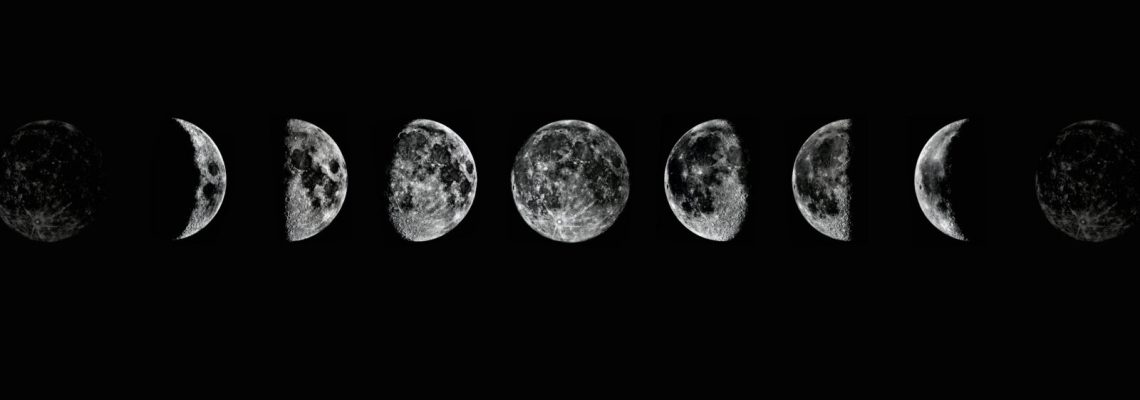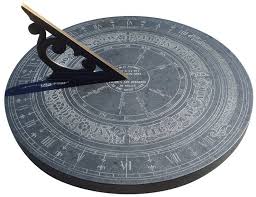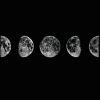
By Rethabile Tsephe:
Introduction
I am grateful to Ntate Mathethebala Pitso whom in our conversations of History Ea Basotho never leaves out the vast knowledge Ntate Tiela carries. Writing this article has been an interesting journey given I have Ntate Ntsane Lepholisa aswell as Ntate Kalosi to thank because I desired their feedback. As a result, I have finally added more to it.
My concept of time and doing my best to understand it has made me appreciate “having moments”. There is more to movement than space and change in position of an object. Questions such as, what is “Moea oa Selemo Sa Basotho? ” cannot be answered without an understanding of other concepts. In this article, we add definitions of time,the lunar calendar and eventually realizing the essence of Moea oa Selemo Sa Basotho.
Time
Time can be understood as an ongoing sequence of events taking place. In physics, time is the measure of change in a physical quantity or magnitude used to quantify the duration of events. The basic units of time are seconds, minutes, hours, days weeks, months and years. For example: When something is stationery or for example a person isn’t involved In work. Their definition of time may be different from something or someone that is involved in work. Ka Sesotho, u tla utloa batho ba re, “nako e lieha ho tsamaya”, but sentiments may differ for someone who is engaged in work, bona “u tla utloa motho a re, nako e tsamaya kapele.
What ever the case, let’s just learn more about this phenomenon of TIME.
On the 18th July 2023, I attended a dialogue where the primary focus was on the comprehension of Moea oa Selemo Sa Basotho. According to the experts that had their say, Basotho’s time telling was carried by observation and guide from the different moon phases, which is called the Lunar Calendar or lunasolar calendar. For example in a typical Chinese lunisolar calendar, one year is divided into 12 months. One month is corresponding to one full moon.
Considering that the cycle of the moon is not an even number of days, a month in lunar calendar may vary between 29 and 30 days. A lunar Calendar is based on a year comprising of synodic months. Complete cycles of phases of the Moon. In every solar year there are about 12.37 synodic months. As a result, suppose a lunar- year calendar is to be kept in consistent steps with the seasonal year, a periodic intercalation of days is necessary.
The Sumerians are referenced to being the first to develop a calendar based entirely on the recurrence of lunar phases. Sumerians being the earliest known civilization, located in the southernmost part of Mesopotamia. In the area that later became Babylonia and is now Southern Iraq, from around Baghdad to the Persian Gulf. Each Sumero- Babylonia month began on the first day of the visibility of the new moon.
Lunar calendars are still in use among certain religious groups. The Jewish calendar. Which dates back from 3,760 years and three months before the Christian era (BCE), is one example.
Africa
Sundials

According to research, A sundial is the earliest timekeeping device that tells the time of day by the position of the shadow of some object exposed to the sun’s rays. [1]As the day progresses, the sun moves across the sky, causing the shadow of the object to move resulting in the indication of the passage of time. Further research shows that sundials appeared in Egypt and Mesopotamia, around 3500 BCE. Sundials consisted of a tall vertical or diagonal-standing object used to measure the time, called a gnomon. Sundials were able to measure time (with relative accuracy) by the shadow caused by the gnomon.
The earliest verified appearance of a sundial is the Egyptian shadow clock, circa 1500 BCE. This clock used the passage of the sun overhead to help people decipher the time. It featured a crosspiece placed to the east of the gnomon, with markings set to delineate the hours.
Noon occurred at midday, and it would be at this time that the crosspiece would be moved to the west of the gnomon. The days would be divided into 12 hours (which we will discuss later).
The African cultural astronomy still exists in traditions and knowledge that were passed orally from generation to generation. Africans are believed to have used celestial knowledge to chart seasons, regulate agricultural cycles and ritual calendars. Research further suggests that celestial bodies were used to coordinate both work and social activities. Today, this knowledge plays a role in divination, and decision making.
[1] https://www.britannica.com/technology/sundial
Basotho, whom find strength from Morena Moshoeshoe are currently realizing the damage colonialism created point in reference being “ time telling”. Let’s start with explaining the different moon phases.
- New moon- Khoeli e ile fififng / mofela
- Waxing crescent Moon- Khoeli ke lenala La mathoaso
- First quarter moon – Khoeli e lehare la momato ( halefo-muni)
- Waxing gibbous Moon- khoeli e motopo oa lehe ( e motopo oa mokato)
- Full moon – khoeli e tolokile/ khoeli e phethile senkhoa
- Waning gibbous Moon – khoeli e motopo oa lehe ( e motopo oa makhepho)
- Last quarter Moon – khoeli e lehare la makhepho ( halefo – muni)
- Waxing Crescent Moon – khoeli e lenala la mafelo
All of these moon phases played a fundamental role in the behaviour, attitude, decision making, spirituality and personal development of Basotho. The comprehension of selemo Sa Basotho comprises of events such as the observation of the behaviour in Monkeys, that is believed to initiate the appearance of the waxing crescent moon ( khoeli ke lenala La mothaoso) other events revolve around the spiritual significae that Basotho undertook as a way to welcome new beginnings, positive energy and deep introspection and meditation.
The other sentiment is put on the agricultural process where community members came together to celebrate their harvest and sing praise songs and initiate the start of the next agricultural process.
I am of the opinion that an in-depth comprehension of Moea oa Selemo Sa Basotho can only be understood with other components that make it.Spirituality for instance, plays a huge role in what we call the Basotho Nation, the event of Monkeys can not be singled out but rather propel anyone who is interested in moea oa Selemo Sa Basotho to seek spiritual guidance for excellent comprehension.
I don’t know but this is my take. What do you think?
Rethabile Tsephe.



2 Comments
Mathethebala Pitso
2 years agoI have read this with keen interest, and I’m glad on the veiw it explores… Quite uncommon.
Rethabile Tsephe
2 years agoThank you Ntate